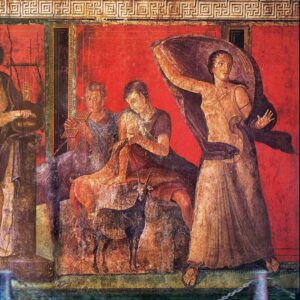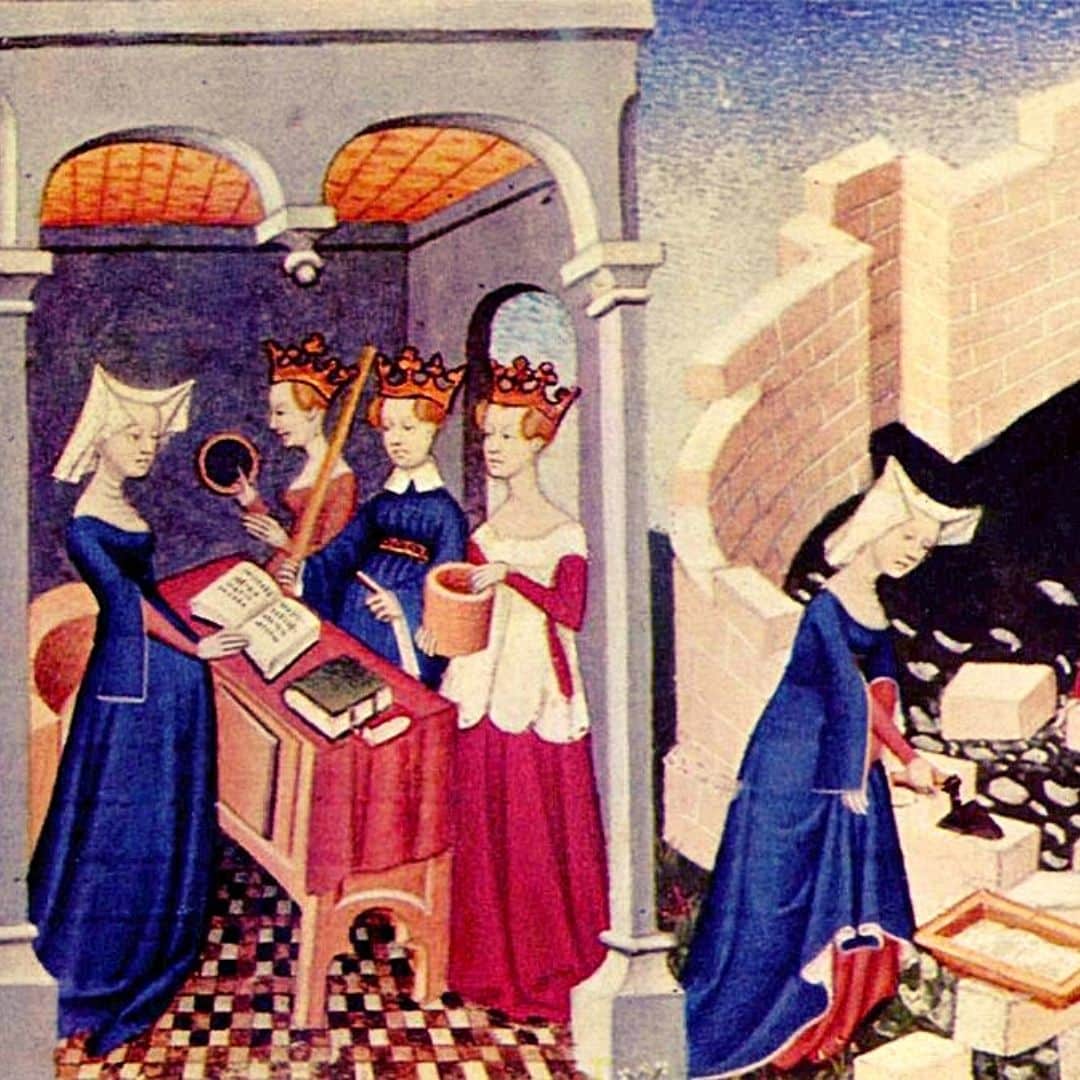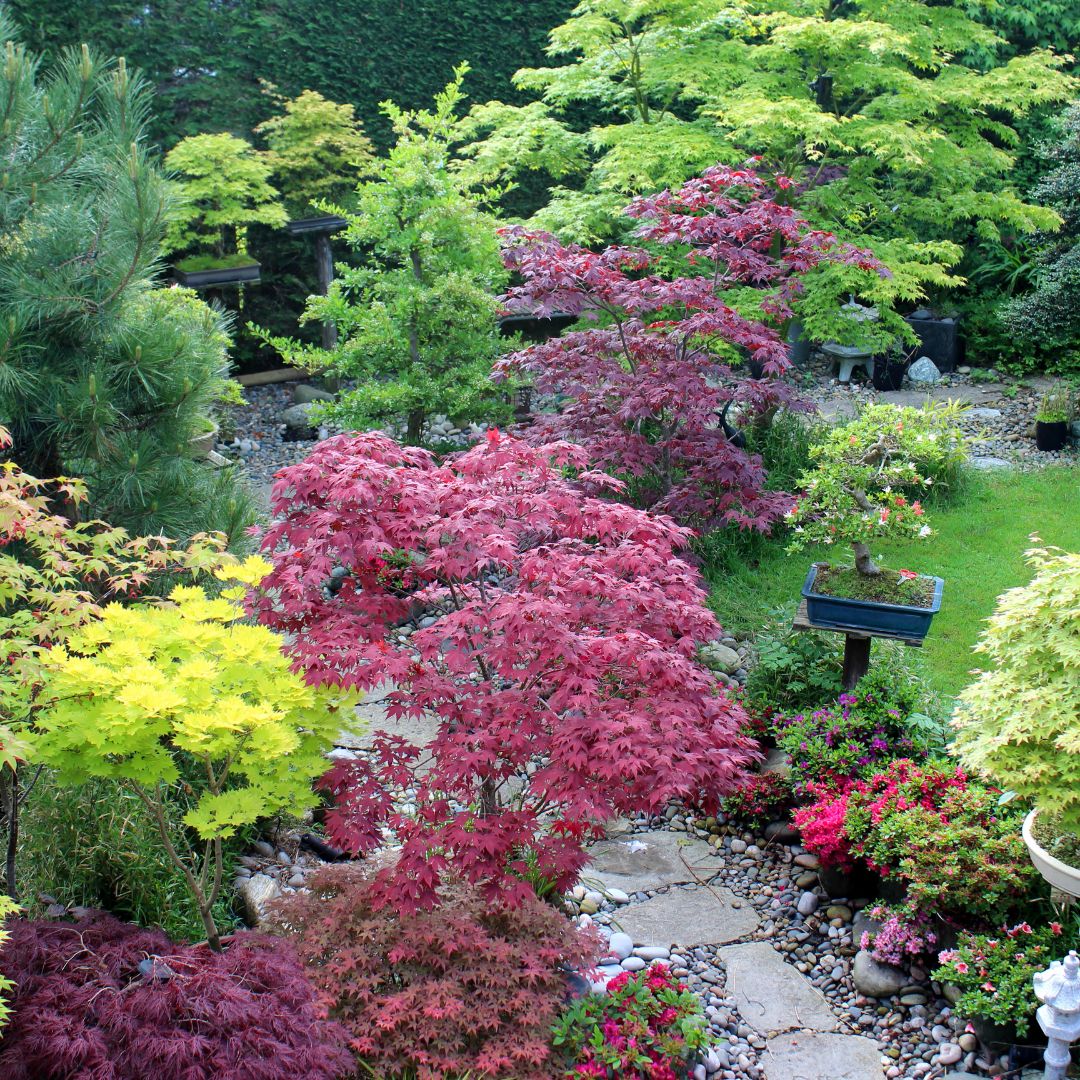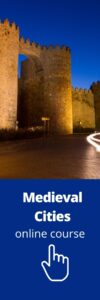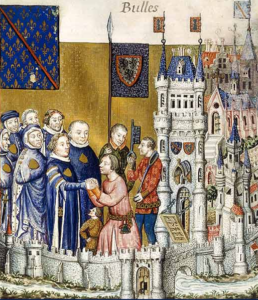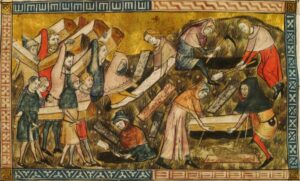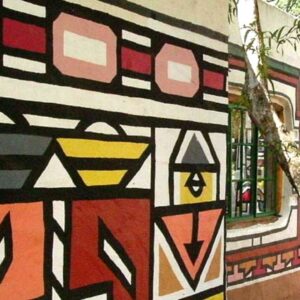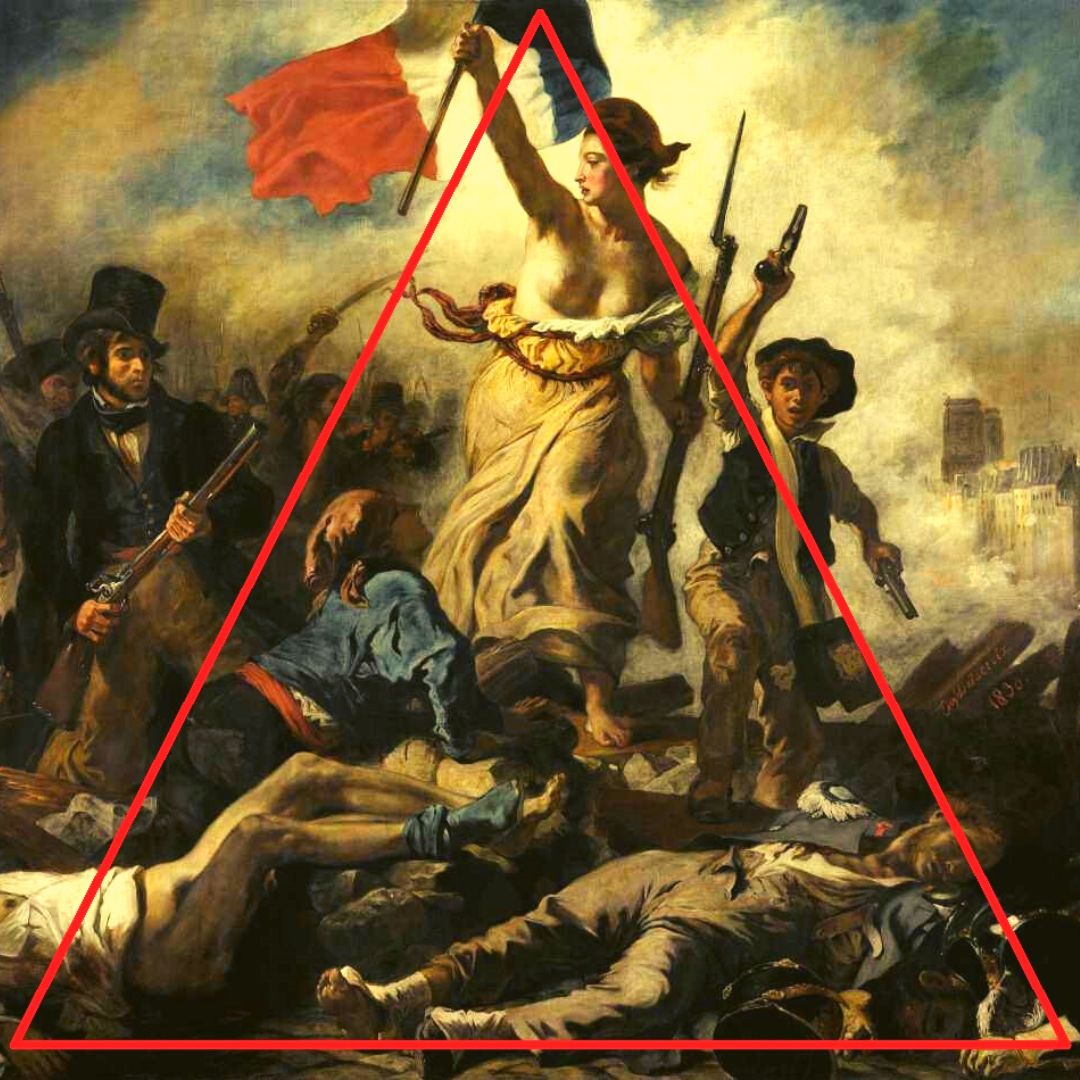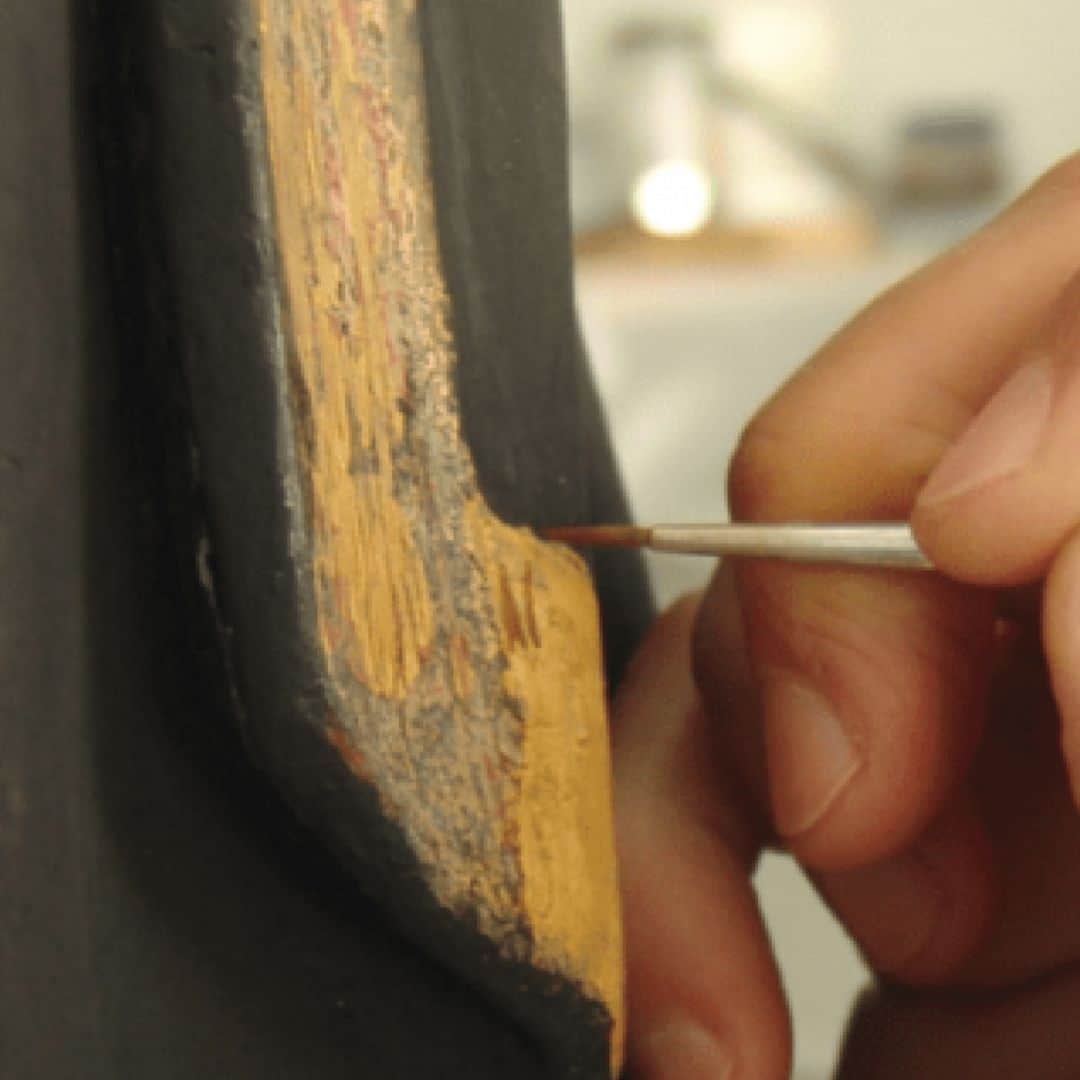What is the middle ages time period ?
What are the commonly accepted time frames for defining the beginning and the end of the Middle Ages?
What phenomena have marked these 1000 years of history?
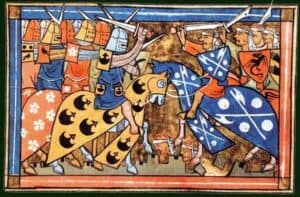
Text by: Marina Barros Cabral. Author of the online course The medieval city – walled cities in the Middle Ages.
Next we will look at the time frames of the Middle Ages, the 3 periods of the Middle Ages and their main historical events.
Want to learn more about history? Get to know the online courses
Oral history – the interview and the project
Culture Beliefs and Life in Ancient Rome
Egypt and Rome – Culture and Life – 2 online courses bundle
History of Women – gender
“it was in the Middle Ages that modern society emerged, which created “the city, the nation, the state, the university, the mill, the machine, the hour and clock, the book, the fork, the garment, the person, the conscience, and finally, the revolution.”
LE GOFF, Jacques
Get to know the online courses
African art – from rock art to modern era
Interpretation of masterpieces of Neoclassicism and Romanticism

Marina Cabral
Bachelor’s degree of Dramatic arts specialization in costume design at Universidade Federal do Rio de Janeiro, teaching certificate of Visual Arts at UNILAGOS. She acted as a bilingual artistic educator in elementary education and a fashion buyer. urrently studying for a Master’s Degree in Art History, Heritage and Visual Culture at Faculdade de Letras da Universidade do Porto. Fascinated by Visual Arts, History of Art, philosophy, culture, aesthetics, heritage, curatorship and restoration. Concentration area Medieval and Renaissance art. She collaborates with Citaliarestauro.com, in the areas of History of Art and Medieval Studies.




